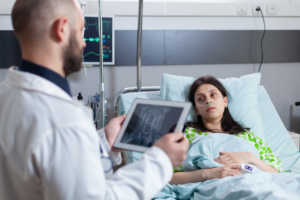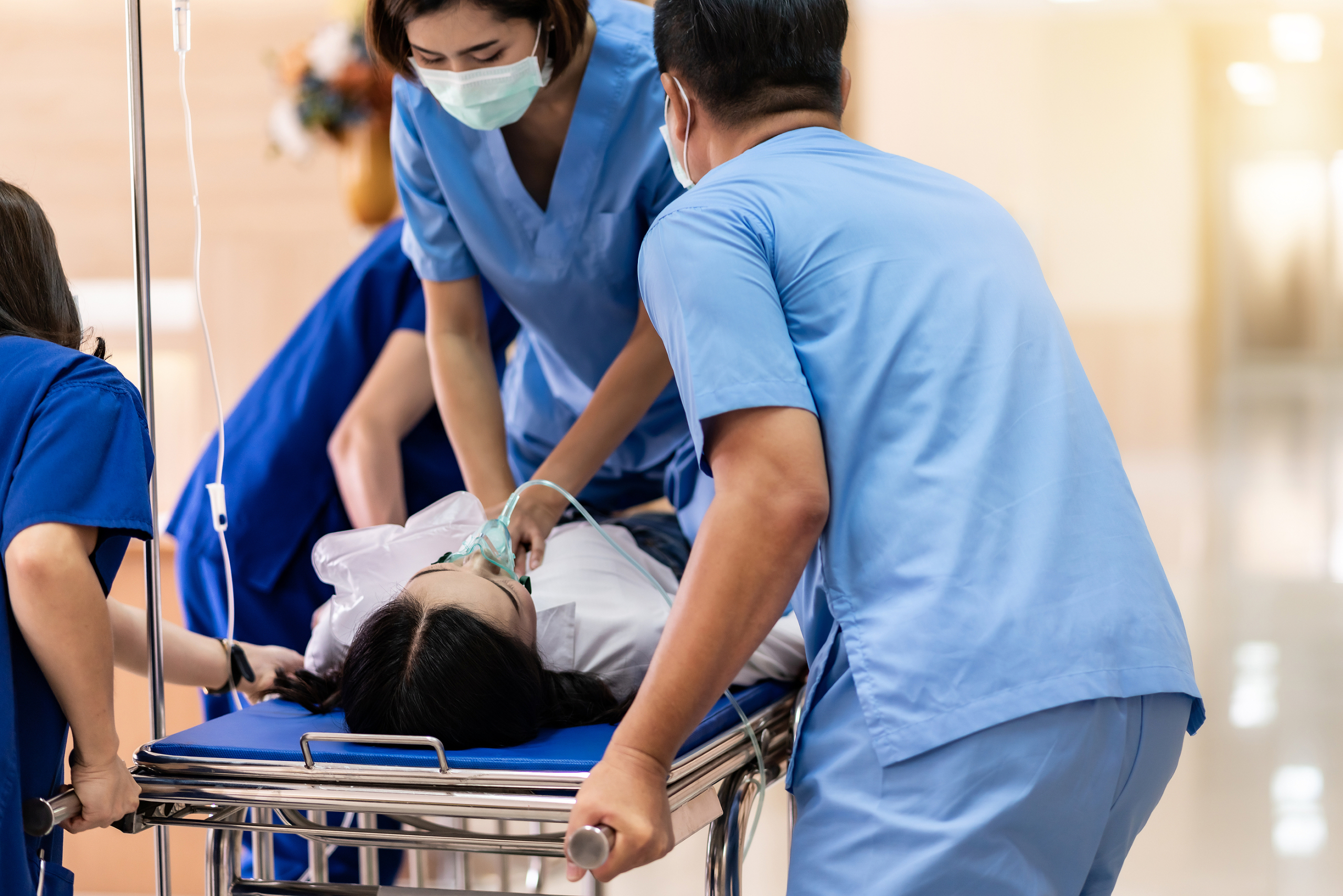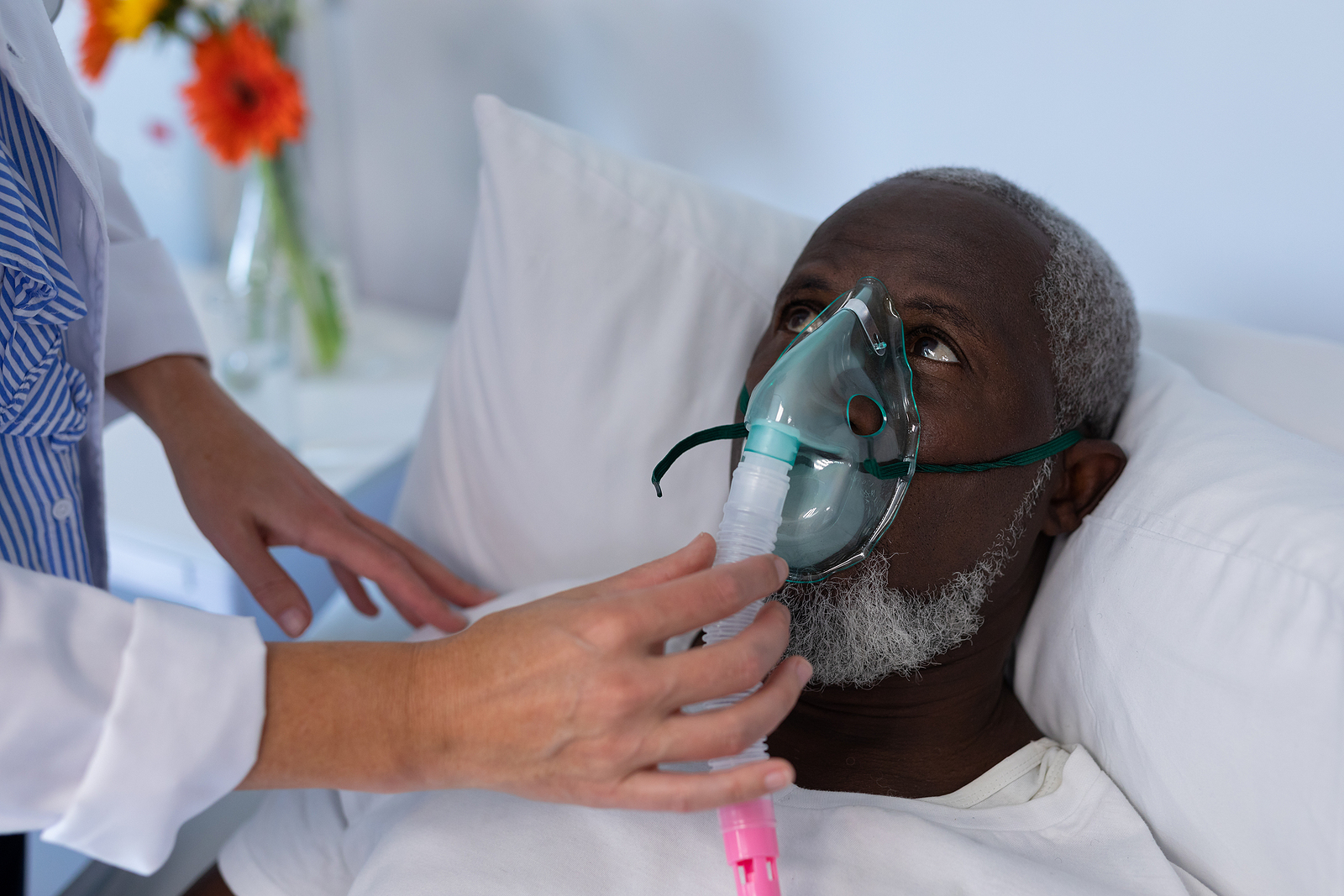Newsletter 2021
Newsletter October 2021: Clinical corner - Dexamethasone for post-op nausea and vomiting in diabetic patient (PADDAG trial): The myth has been dispelled
Cheah Kean Seng,MD
Department of Anaesthesia & Intensive Care
Tallaght University Hospital
dkscheah@gmail.com
Post-operative nausea and vomiting (PONV) is a common side effect after anaesthesia. It affects up to 30% of post-surgical patients, and 80% among the high risks group¹. PONV is not only common but deemed debilitating for the patient. It is the most common reason for patient’s dissatisfaction after anaesthesia/ surgery. The degree of discomfort is so overwhelming that in one survey done on patients across Europe and America, patients are willing to pay extra $50-100 from their wallet just to avoid PONV². It often leads to unexpected overnight hospital stay, delayed hospital discharge in ambulatory surgery, increased resource utilisation and higher medical costs in the health care³.
Due to increasing prevalence of diabetes across the globe, the chances of anaesthetist and surgeon dealing with diabetic patients for surgery is increasing as well. Patients with diabetes going for surgery havea higher risk of morbidity and mortality such as cardiovascular complications, risk of stroke, uncontrolled diabetes, poor wound healing and risk of infection. Patients are also at risk of hyperglycaemia due to disruption of diabetic treatment and stress-induced hyperglycaemia.
The complications of PONV include wound dehiscence, electrolytes imbalance, dehydration, oesophageal rupture and aspiration. Delayed oral intake is always a consequence of PONV. This is particularly concerning for a patient with diabetes on insulin therapy, due to delayed initiation of insulin.
Dexamethasone is a synthetic glucocorticoid commonly used as first line anti-emetic drug prophylaxis for PONV. The recommended dose of dexamethasone is between 4-10mg for adult, and 0.15-1mg in children. The timing of dexamethasone is crucial in prevention of PONV. Due to long time lag of 12-24 hours for maximal result, and the antiemetic effect begins approximately 2 hours after administration, it is advisable to administer to the patient at the start of the case rather than near the end. No study has touched on the duration of dexamethasone but 24 hours after surgery is generally accepted as a fact. A single dose of 4mg dexamethasone lowers the relative risk of PONV by 25% and with a number needed to treat of 4.
Recently, we are practising multimodal antiemetic therapy in PONV based on patient risk factors. Apfel et al simplified risk score is simple to use on the patient and it includes female gender, history of PONV and/or motion sickness, non-smoking status, and postoperative use of opioids. When 0, 1, 2, 3, or 4 factors are present, the risk of PONV is 10%, 20%, 40%, 60%, or 80%, respectively⁴. The Fourth consensus guidelines for management of PONV recommend the use of 2 antiemetic agents in patient with 2 risk factors, and 3-4 agents if more than 2 risk factors present⁵.
The mechanism of action by dexamethasone in PONV is not fully understood, but some explanations suggestit is due to its anti-inflammatory effects on on the gastrointestinal tract, action on the solitary tract nucleus, interaction with neurotransmitter serotonin, or reduced opioid-related PONV by reducing theirconsumption. It works independently from other classes of antiemetic, so in combination the effects are addictive. The effectiveness is greater if patients were given combination therapy rather than single agent in prophylaxis of PONV.
In the past, we had reservations about giving dexamethasone to patients with diabetes in surgery due to the concern of worsening hyperglycaemia and infection risk. However on second thoughts, is this just an old time fallacy and a myth?
Tomás B Corcoran recently published a randomised controlled trial on Perioperative ADministration of Dexamethasone And blood Glucose concentrations in patients undergoing elective non-cardiac surgery (PADDAG trial) ⁶. A total of 302 adults scheduled for elective, non-cardiac and non-obstetric surgical procedures under general anaesthesia, stratified by diabetes status, were randomly assigned to receive placebo, 4 or 8 mg dexamethasone administered intravenously after induction of anaesthesia. The maximal blood glucose within 24 hours of surgery, and relation between glycosylated haemoglobin (HbA1c) were the primary and secondary outcome respectively.
The trial showed administration of 4mg or 8mg of dexamethasone did not induce hyperglycaemia compared to placebo in a non-diabetic or well controlled patient with diabetes. Only patients with high HbA1c baseline saw a significant rise with the high dose (8mg) of dexamethasone. There is such correlation that in high baseline HbA1c, every 1% increase of from baseline resulted in elevation of glucose by 4mmol/L. Tien et al also found no interaction between baseline blood glucose level, or presence or absence of diabetes, and dexamethasone administration⁷. In one meta-analysis of all RCTs, patients received dexamethasone at dose of 4-5mg or 8-10mg and either as a single agent or in combination with different class antiemetic were all experiencing reduced PONV over 24 hours compared to placebo⁸.
The next question in mind: What about risk of infection? A case series study on safety of dexamethasone in total hip and knee arthroplasty also showed no difference in infection risk between dexamethasone vs non dexamethasone groups (1.1% vs 1.0%, p=0.773). The author concluded that although patients with diabetes were found to be at higher infection risk and higher glucose level post-operatively this is not due to the effect of dexamethasone⁹. Toner and colleagues conducted a meta-analysis from 56 trials over 18 countries that also failed to demonstrate increase risk of infection due to administration of dexamethasone¹⁰.
Although we observe a better analgesic profile if given high dose dexamethasone in some studies, the effect of the dose on PONV is the same. In direct comparison between 4mg vs 8mg, there was no clinical advantage from giving the higher dose⁸. Hence, giving a dose of dexamethasone is useful in prevention of PONV, but giving an extra dose will not provide better prevention from PONV, but it runs a risk of hyperglycaemia in poorly controlled patients with diabetes. Instead of giving a higher dose, it is better to maintain at the lower dose and in combination with different groups of antiemetics as recommended by the guidelines.
In summary, the patient feeling sick and vomiting after surgery will leave a deep impact and burden on our health care resources. Hence prevention is many times better than treatment. Theevidence so far has concluded that it is safe to give dexamethasone to prevent PONV even in a patient with diabetes as long as diabetes control is good. A single dose of dexamethasone has no significant effect on infection or hyperglycaemia after surgery. We should avoid high dose (8mg) dexamethasone if patient has poorly controlled diabetes but a single low dose of 4mg dexamethasone is not harmful, and the the benefits outweigh the risks.
References:
- Sébastien Pierre, Rachel Whelan. Cont Education in Anaes Critical Care & Pain. 2013 Feb: 28–32.
- Gan T, Sloan F, Dear Gde L, et al. Anesth Analg. 2001 Feb; 92: 393-400.
- Habib AS, Chen YT, Taguchi A, et al. Curr Med Res Opin. 2006 Jun; 22: 1093-9.
- Apfel CC, Läärä E, Koivuranta M, et al. Anesthesiology. 1999 Sep; 91: 693-700.
- Gan TJ, Belani KG, Bergese S et al. Anesth Analg. 2020 Aug; 131: 411-448.
- Corcoran TB, O’Loughlin E, Chan MTV et al. Eur J Anaesthesiol. 2021 Sep; 38: 932-942.
- Tien M, Gan TJ, Dhakal I, et al. Anaesthesia. 2016 Sep; 71:1037-43.
- De Oliveira GS Jr, Castro-Alves LJ, Ahmad S, et al. Anesth Analg. 2013 Jan; 116: 58-74.
- Vuorinen MA, Palanne RA, Mäkinen TJ et al. Int Orthop. 2019 Aug; 43: 1787-1792.
- Toner AJ, Ganeshanathan V, Chan MT et al. Anesthesiology. 2017 Feb; 126: 234-248.











